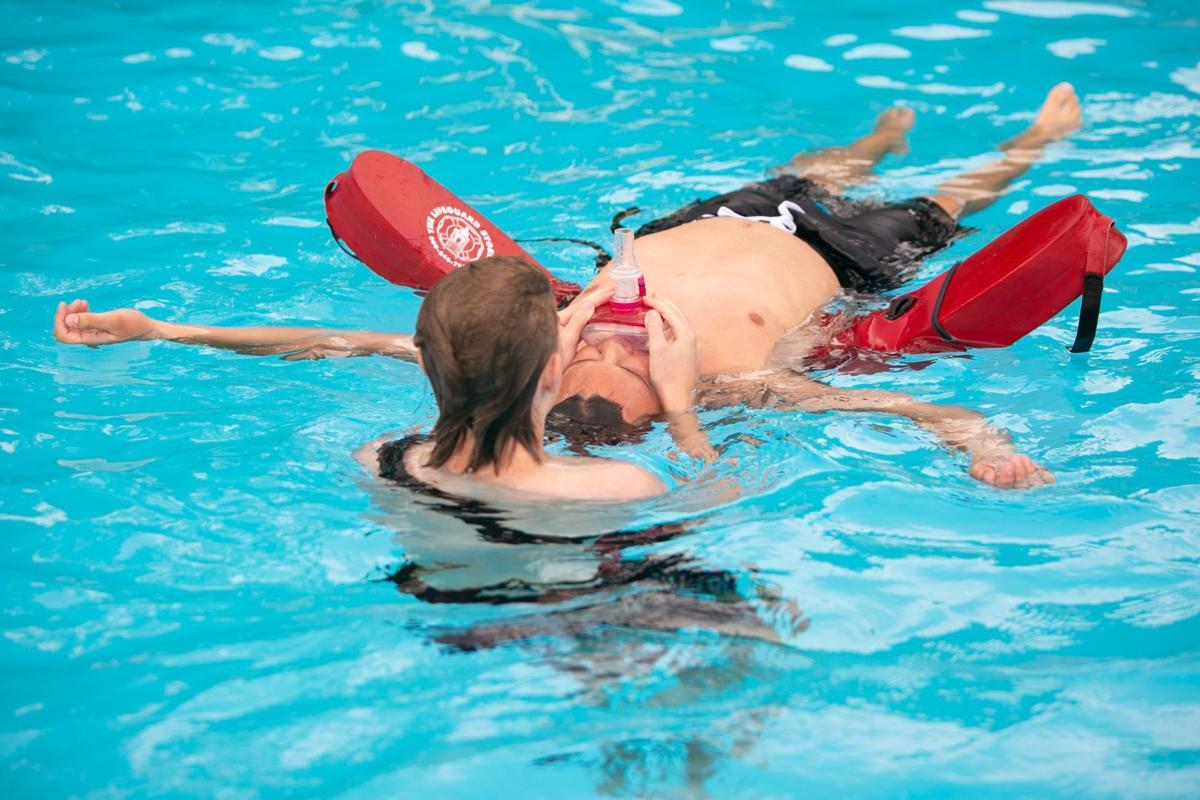
Lifeguards play a pivotal role in ensuring the safety of individuals at pools, beaches, and other aquatic environments. Their primary responsibility is to prevent drowning and other water-related accidents. To perform their duties effectively, lifeguards undergo rigorous training programs that equip them with essential skills in rescue, first aid, and surveillance.
The Importance of Lifeguard Training
Lifeguard training is crucial because it prepares individuals to handle emergencies confidently and competently. The training programs are designed to teach prospective lifeguards how to prevent accidents, recognize potential hazards, and respond quickly to emergencies. The comprehensive training ensures that lifeguards are well-prepared to save lives and maintain safety standards in various aquatic settings.
Key Components of Lifeguard Training
Water Rescue Techniques: A significant part of lifeguard training focuses on water rescue techniques. Trainees learn how to approach a drowning person, perform rescues without endangering themselves, and use rescue equipment effectively. Techniques such as the front crawl and breaststroke are often practiced to ensure lifeguards can swim efficiently.
First Aid and CPR: Lifeguards must be proficient in first aid and cardiopulmonary resuscitation (CPR). Training includes handling various injuries, from minor cuts to severe traumas. Lifeguards also learn how to perform CPR on infants, children, and adults, ensuring they are prepared for any situation.
Surveillance Skills: Constant vigilance is essential for lifeguards. Training programs emphasize the importance of maintaining a keen eye on the water and surrounding areas to identify potential risks. Lifeguards are trained to recognize signs of distress, unsafe behaviors, and environmental hazards.
Emergency Response and Communication: Lifeguards are trained to respond swiftly to emergencies and communicate effectively with other team members, emergency services, and the public. This includes using radios, whistles, and hand signals to coordinate rescues and manage crowds.
Physical Fitness and Endurance
Being a lifeguard requires a high level of physical fitness. Training programs include rigorous physical exercises to build strength, endurance, and agility. Lifeguards must be able to swim long distances, dive deep, and perform rescues under challenging conditions. Regular fitness assessments ensure that lifeguards maintain the necessary physical standards throughout their careers.
Training Programs and Certification
Lifeguard training programs are offered by various organizations, including the American Lifeguard Association and the United States Lifesaving Association (USLA). These programs typically consist of both theoretical and practical components, culminating in a certification exam. Certification is often valid for two years, after which lifeguards must undergo recertification to ensure their skills remain up-to-date.
The Role of Lifeguard Training in Preventing Drowning
Drowning is a leading cause of accidental death worldwide, particularly among children. Effective lifeguard training programs are instrumental in reducing drowning incidents. By equipping lifeguards with the skills and knowledge to prevent and respond to emergencies, these programs play a vital role in enhancing public safety.
Continuous Professional Development
Lifeguard training does not end with initial certification. Continuous professional development is encouraged to keep skills sharp and up-to-date. Advanced training opportunities, such as lifeguard instructor courses and specialized rescue techniques, are available for those looking to expand their expertise.
Conclusion
Lifeguard training is an essential component in the broader context of public safety and water rescue. It prepares individuals to handle emergencies efficiently, ensuring that aquatic environments are safe for everyone. Through rigorous training programs that cover water rescue, first aid, surveillance, and emergency response, lifeguards are well-equipped to save lives and prevent accidents. Continuous professional development further enhances their ability to protect and serve the public, making lifeguard training a critical investment in community safety.